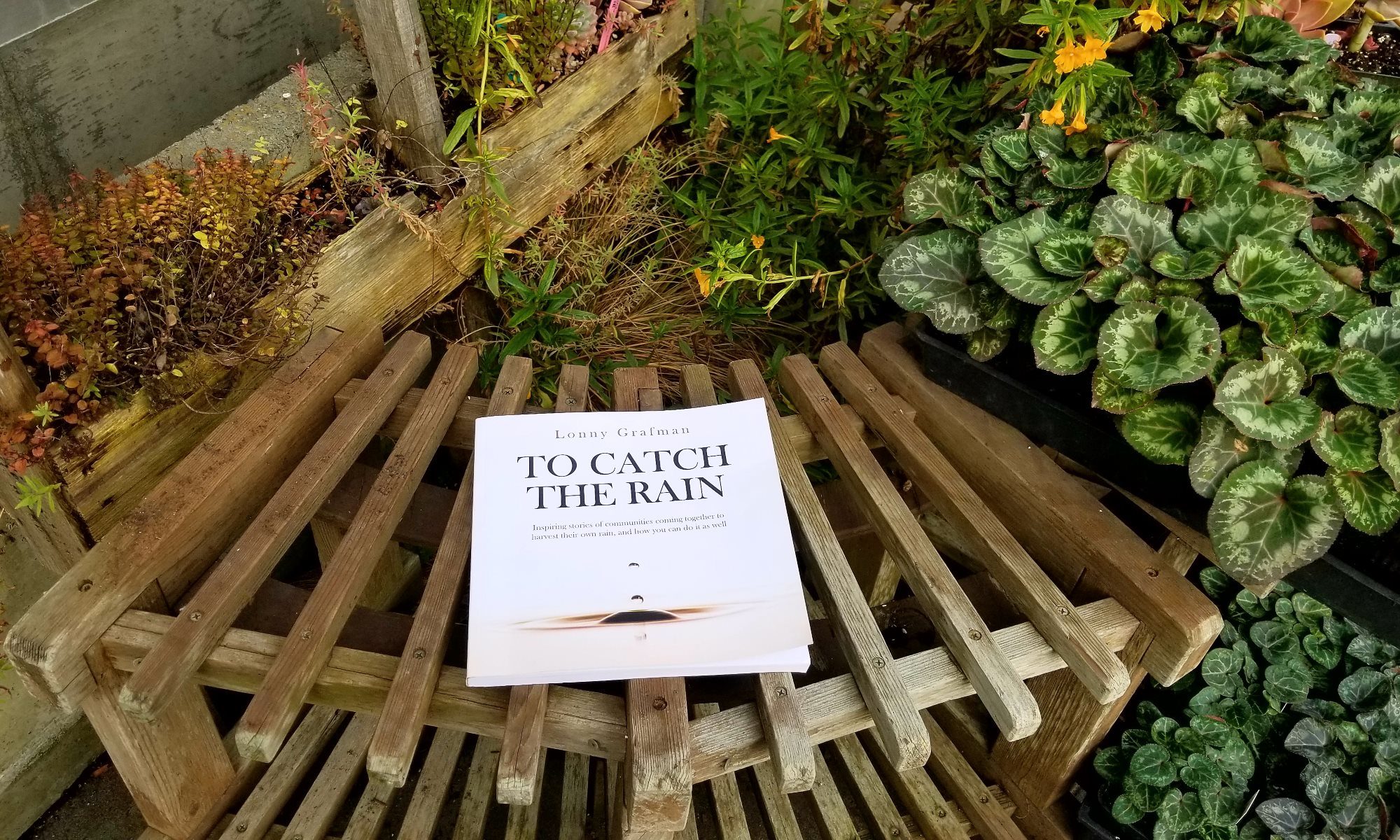Diagrams
Get exclusive diagrams, images, and extra-resources, such as this diagram describing how the first flush gets rid of the first, and dirtiest, part of the rain before using or storing it.
Math
Explore math that allows for sizing systems, gutters, tanks, and more. The true examples and possibilities become a context for learning. Problem sets at the back of the book are applicable to students from middle school through college, and non-students as well. Teacher resources are also available upon request, such as solutions and spreadsheets.
Open Source
Brought to you free (digitally) through an open-source collaboration of Humboldt State University and The Appropedia Foundation. Also brought to you by hundreds of contributors and dozens of partner organizations! Proceeds from the purchase of physical copies go back to the Appropedia Foundation.
Reviews
”Rainwater harvesting not only makes great practical sense, it also brings communities together, teaching them how to work to accomplish critical goals. Community is our greatest asset going forward, and as this book makes clear it can be nurtured and bolstered at every turn.” – Bill McKibben, Author of Deep Economy and leader of 350.org
”It is both touching and empowering to see people helping one another by sharing what works for providing rain water for practical engineered use like the simple act of drinking a clean cup of water. This is a must read for anyone that is being denied that simple pleasure.” – Dr. Joshua Pearce, Director of Michigan State’s Open Sustainability Technology Research Group
”At the core of his argument is that working together allows us to find the best solutions as well as multiple workarounds to overcome obstacles. This book is our satellite roadmap.” – Mary Mattingly, Visionary Artist behind Swale, Waterpod, and Flock House; Instructor at Pratt Institute
“Rainwater catchment provides one of the many business solutions to poverty. To Catch the Rain is a manual to make that happen.” – Paul Polak, founder of IDE and Author of The Business Solution to Poverty.
”Lonny is a force of nature, and his work is incredibly important. I’m delighted that he is finally sharing his wisdom, creativity, and experience with the world. This book is for anyone who wants to really understand how communities can come together to solve real problems.” – Tina Seelig, Director of Stanford Technology Ventures Program, Author of Creativity Rules and What I Wish I Knew When I Was 20
”Not just sensible how tos, but also uplifting case studies, to catch our world’s most precious resource – the rain.” – Summer Rayne Oakes, Environmental Activist and Author
